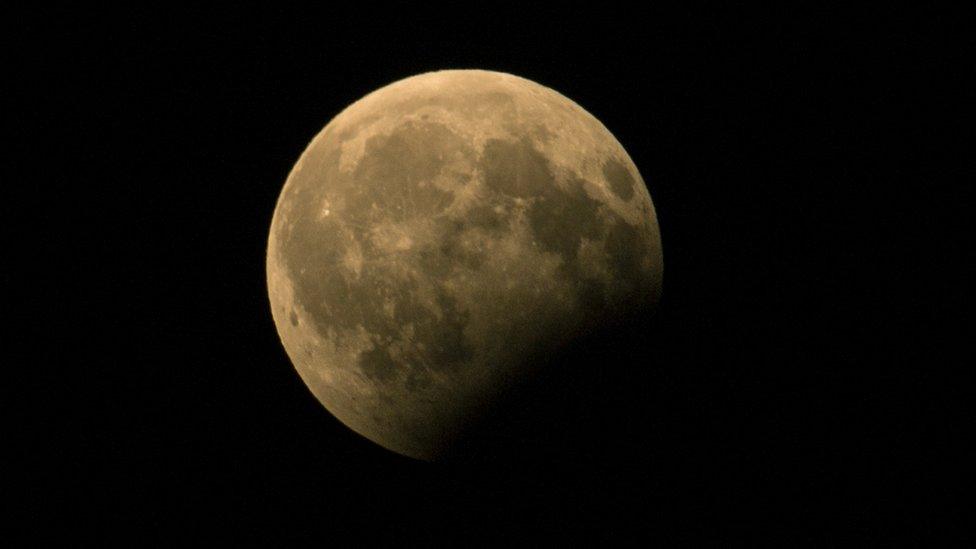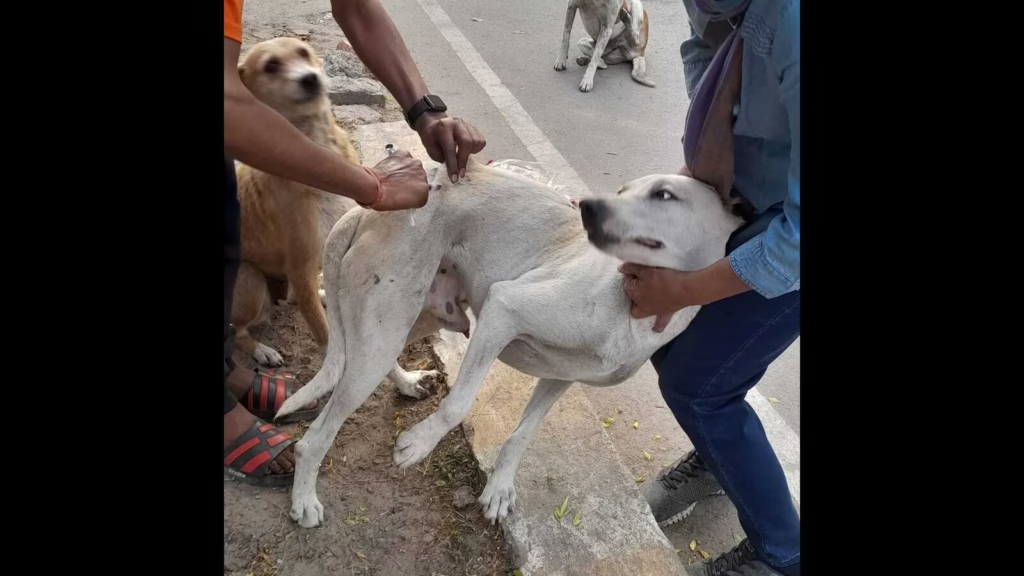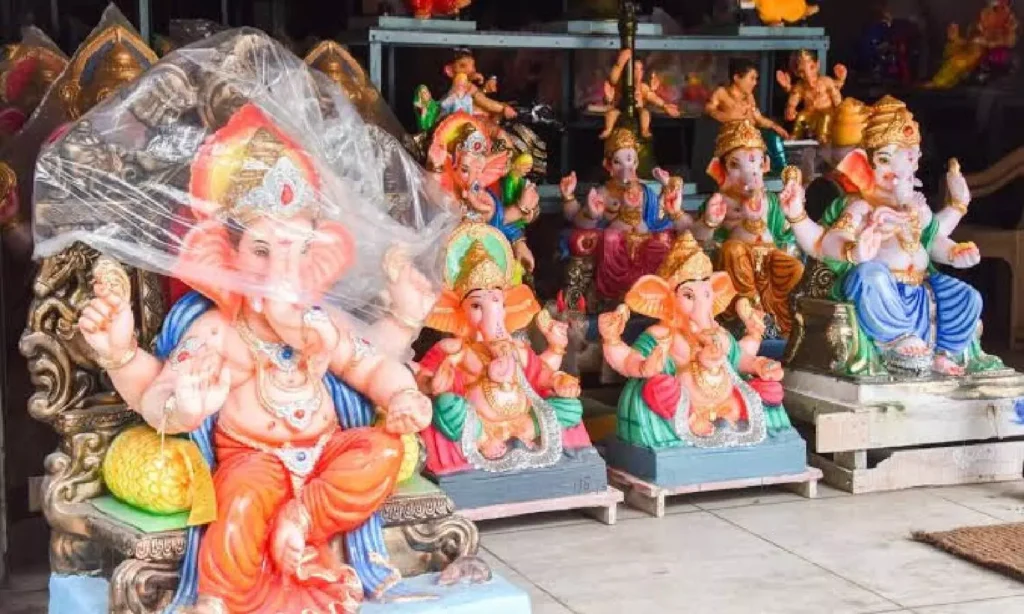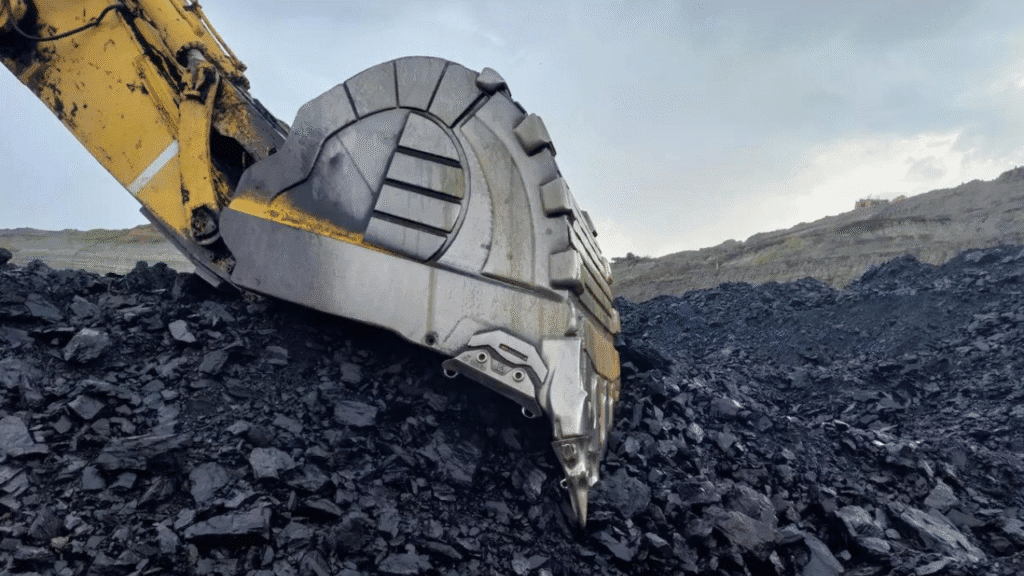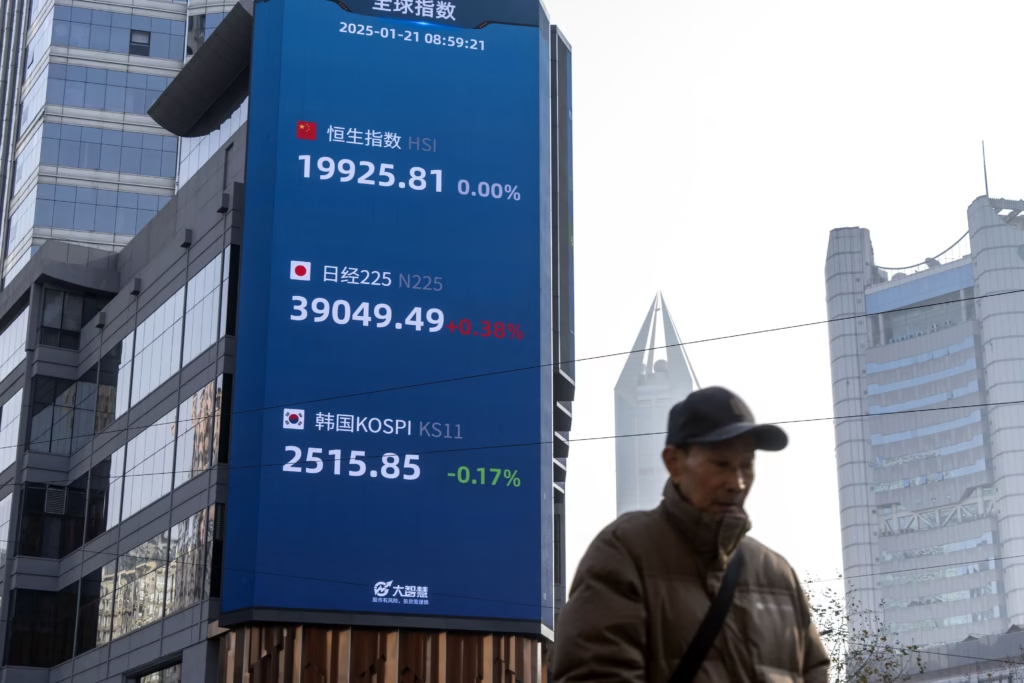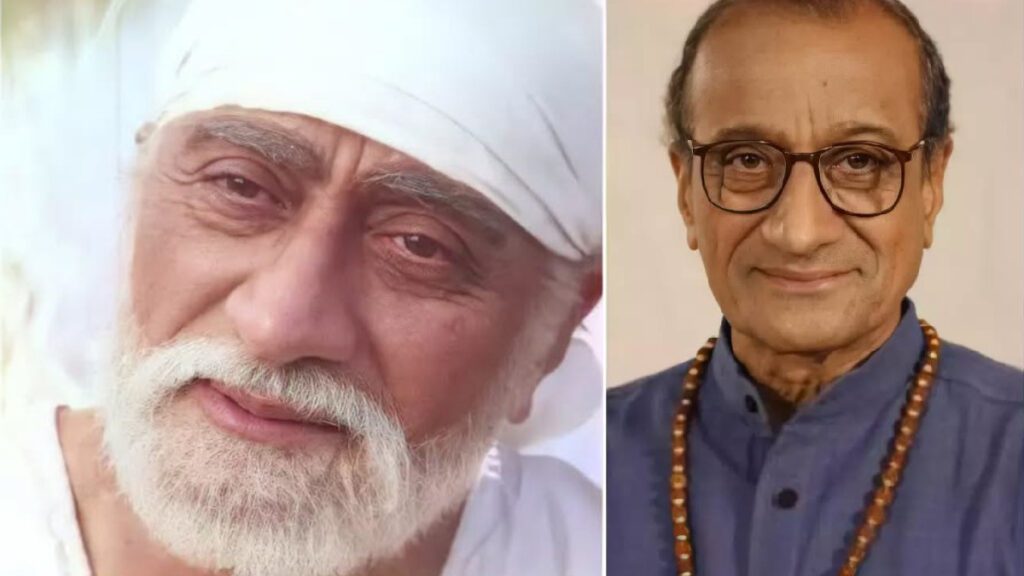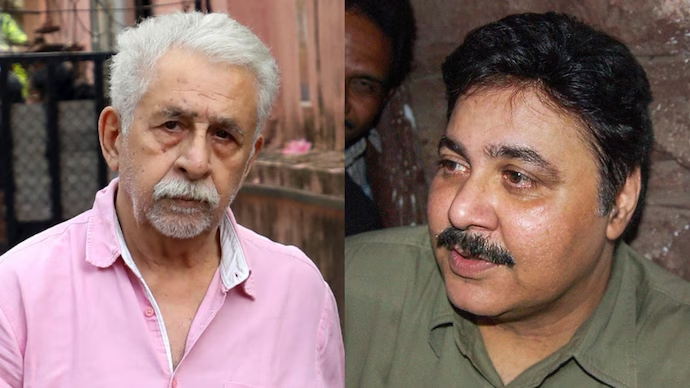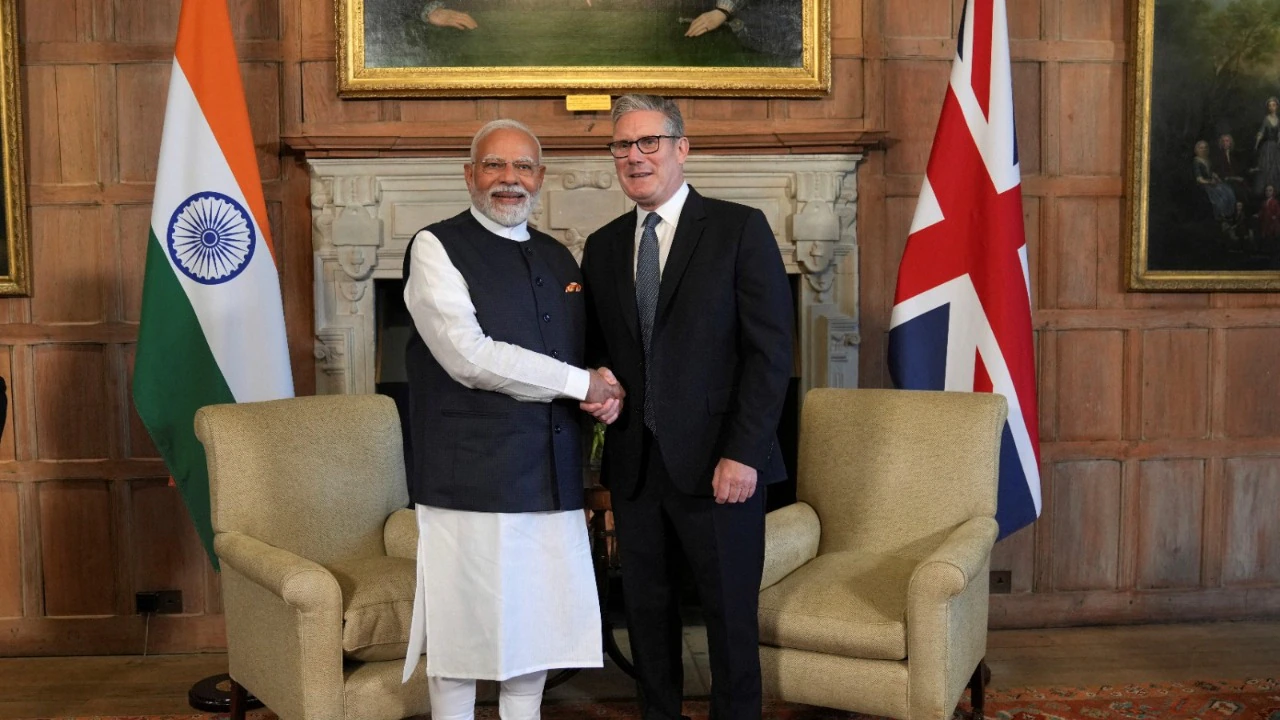Now Reading: Malcolm-Jamal Warner’s Daughter Not Involved in Drowning Incident, Confirms Costa Rica Police
-
01
Malcolm-Jamal Warner’s Daughter Not Involved in Drowning Incident, Confirms Costa Rica Police
Malcolm-Jamal Warner’s Daughter Not Involved in Drowning Incident, Confirms Costa Rica Police

Hollywood actor Malcolm-Jamal Warner was recently caught in the middle of an online storm after reports falsely suggested his daughter had drowned in Costa Rica. However, the local police have now clarified that the child involved in the incident was not Warner’s daughter, putting an end to the swirling misinformation.
Misinformation Triggers Panic Online
News initially surfaced claiming a child who drowned in Costa Rica was the daughter of Malcolm-Jamal Warner, best known for his role on The Cosby Show. The claims quickly spread across social media, leading to confusion and concern among fans and followers. Many online posts jumped to conclusions without verifying facts, further amplifying the chaos.
Police Statement Clears the Air
Authorities in Costa Rica have officially confirmed that the child involved in the drowning case has no relation to Warner. The actor was reportedly in the country with his family at the time, which may have contributed to the mix-up. Law enforcement clarified the identity of the actual victim and urged the public to avoid spreading unverified details.
This kind of misinformation is not new, especially when it involves public figures. But what makes it particularly sensitive is the emotional weight such stories carry, especially when children are involved.
Why This Matters to Indian Readers
For audiences in Tier 2 cities like Nagpur, Jaipur, or Indore, this story is a reminder of how fast false news can travel in the digital age. With social media being a primary source of information for many, verifying facts before reacting or sharing is more important than ever.
It also underlines the vulnerability of celebrities, who often have to deal with deeply personal issues being turned into public narratives—sometimes without basis.
Conclusion
The Costa Rican police’s clarification has brought much-needed closure to a misreported tragedy. While the real incident remains tragic for the family involved, it was not connected to Malcolm-Jamal Warner. This episode serves as a cautionary tale about the dangers of viral misinformation and the importance of waiting for facts before drawing conclusions.
